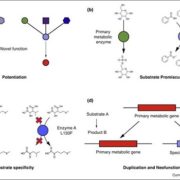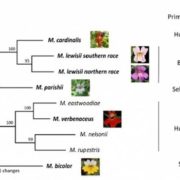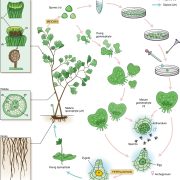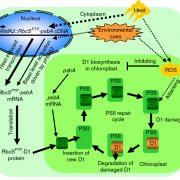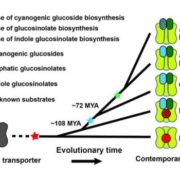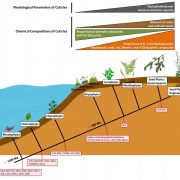Review: What do cars and plants have in common? (PLOS One)
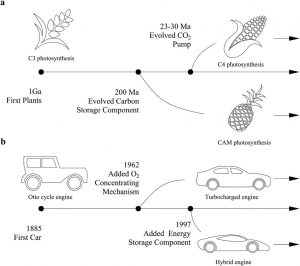 Plants and cars need energy and are powered by a process that has changed depending on the environment: photosynthesis, in the case of plants and an engine in the case of cars. Hartzell and coworkers make an analogy in the evolution of the original C3 pathway and the evolution of the internal combustion engine (ICE) of the first car. They compare the efficiency of varying CO2 concentration in the C4 cycle vs C3 cycle using data from soybean, wheat, corn and sorghum. For the engine comparison they use data from supercharged or turbocharged engines that work under low oxygen concentration and compare it with a conventional ICE. Both situations are considered an example of evolution of substrate concentration mechanism. CAM photosynthesis and HEV (hybrid electric vehicles) are considered examples of evolution of energy storage mechanism; both succeed under conditions where improved efficiency is advantageous: fuel for cars and water for plants. This is an interesting paper for students to get them to think about the evolution of different types of photosynthesis in a new way. (Summary by Cecilia Vasquez-Robinet) PLOS One 10.1371/journal.pone.0198044
Plants and cars need energy and are powered by a process that has changed depending on the environment: photosynthesis, in the case of plants and an engine in the case of cars. Hartzell and coworkers make an analogy in the evolution of the original C3 pathway and the evolution of the internal combustion engine (ICE) of the first car. They compare the efficiency of varying CO2 concentration in the C4 cycle vs C3 cycle using data from soybean, wheat, corn and sorghum. For the engine comparison they use data from supercharged or turbocharged engines that work under low oxygen concentration and compare it with a conventional ICE. Both situations are considered an example of evolution of substrate concentration mechanism. CAM photosynthesis and HEV (hybrid electric vehicles) are considered examples of evolution of energy storage mechanism; both succeed under conditions where improved efficiency is advantageous: fuel for cars and water for plants. This is an interesting paper for students to get them to think about the evolution of different types of photosynthesis in a new way. (Summary by Cecilia Vasquez-Robinet) PLOS One 10.1371/journal.pone.0198044


